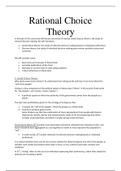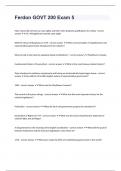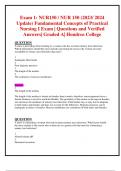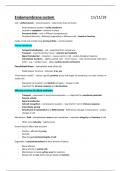Class notes
Rational choice theory notes (PHI1025F part 2)
- Institution
- University Of Cape Town (UCT)
Part 2 of PHI1025F: "The aim of this course is to help you develop your skills as a critical thinker. All of us hold certain claims as true and others as false; we think some courses of action are right and others are wrong. Often we cite reasons for our beliefs and actions. Critical thinking asks ...
[Show more]






